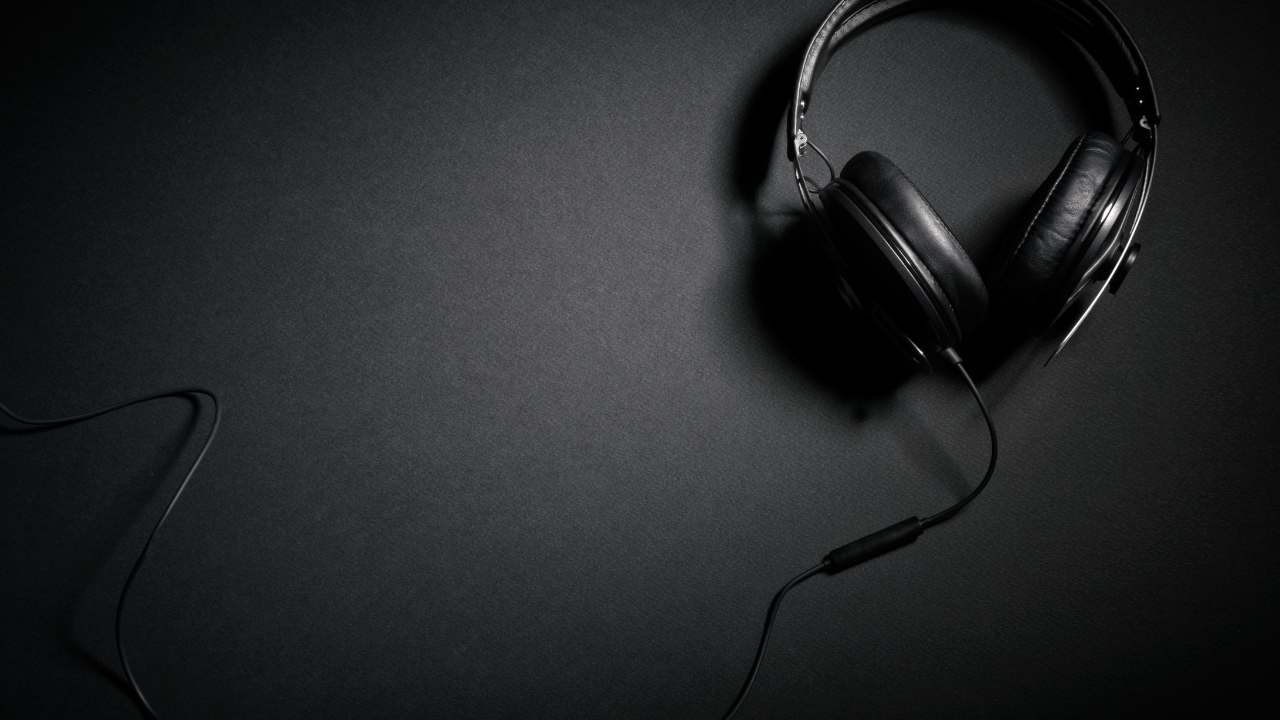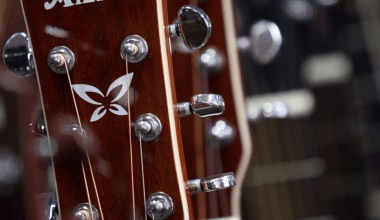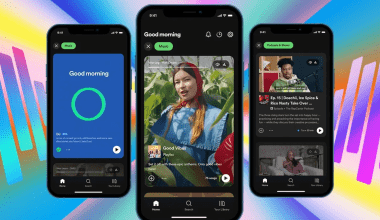Music has a magical way of lifting spirits, and when it comes to power music DJ songs, the effect is amplified. These tracks are not just songs; they’re experiences that energize, inspire, and make people groove to their beats. Whether you’re at a club, a festival, or even in your living room, these songs create an electrifying atmosphere.
In this blog, we will delve deep into the world of power music DJ songs—what they are, why they matter, and how they have transformed the music industry.
What Defines a Power Music DJ Song?
A power music DJ song is characterized by its high-energy beats, catchy hooks, and ability to ignite the dance floor. These tracks are meticulously crafted by DJs to keep the audience engaged, ensuring every beat resonates with the crowd. Think of artists like Calvin Harris, David Guetta, or Martin Garrix—they have mastered the art of creating tracks that energize listeners.
These songs often combine electronic dance music (EDM) with powerful rhythms, making them a staple in clubs and festivals. The secret lies in their dynamic structure, with drops and build-ups that create an emotional rollercoaster for the audience.
The Role of DJs in Power Music
DJs are not just musicians; they are curators of an experience. By blending various tracks and genres, they create a seamless flow of energy that keeps the audience on their feet. Power music DJ songs are often the backbone of their sets, acting as climaxes that drive the night forward.
DJs like Tiësto, Armin van Buuren, and Marshmello have elevated this craft. They understand how to read a crowd, choosing the perfect moments to drop high-energy tracks that amplify the atmosphere. These songs are often designed to be interactive, encouraging audience participation through clapping, singing along, or dancing.
The Evolution of Power Music DJ Songs
Early Beginnings: The Birth of DJ Culture
Power music DJ songs trace their roots back to the 1970s, when disco was at its peak. DJs like Larry Levan and Frankie Knuckles introduced extended mixes and remixes, creating a new dimension to dance music.
The Rise of Electronic Dance Music (1980s-1990s)
The introduction of synthesizers and drum machines in the 1980s revolutionized DJing. Tracks like “Pump Up the Jam” by Technotronic and “Rhythm Is a Dancer” by Snap! became early examples of power music DJ songs.
2000s: The Festival Era
The 2000s saw the rise of music festivals like Tomorrowland and Ultra Music Festival, which became platforms for DJs to showcase their power tracks. Artists like Avicii and Swedish House Mafia became global sensations.
Modern Day: Beyond Boundaries
Today, power music DJ songs incorporate elements from hip-hop, pop, and even classical music. Tracks like “Titanium” by David Guetta and Sia or “Don’t Let Me Down” by The Chainsmokers exemplify this evolution.
Key Features of Power Music DJ Songs
- High-Energy Beats The backbone of any power DJ track is its beat. These songs are designed to keep the energy levels high.
- Captivating Drops Drops are the most anticipated moments in power music DJ songs. They mark a sudden shift in energy, often leading to intense dancing.
- Layered Production These songs feature intricate layers of sound, blending bass, synths, and vocals to create a rich auditory experience.
- Interactive Elements Power music DJ songs often include sing-along sections, clapping, or chanting, encouraging audience interaction.
- Memorable Hooks A catchy hook ensures that the song sticks with the audience long after the night is over.
Why Power Music DJ Songs Are Essential for Events
Power music DJ songs are the lifeline of any event. They set the tone, build momentum, and ensure that everyone has a memorable experience. Whether it’s a wedding, corporate event, or music festival, these tracks are guaranteed crowd-pleasers.
For example, songs like “Levels” by Avicii or “Wake Me Up” can turn even the most reserved audience members into dancers. Their universal appeal transcends language and culture, making them favorites worldwide.
Creating Your Own Power Music DJ Song
If you’re an aspiring DJ or producer, creating a power music DJ song can be a rewarding endeavor. Here’s a simple guide:
- Start with a Strong Beat A pulsating bassline is the foundation of any power track.
- Add a Catchy Melody Use synthesizers to craft a melody that sticks with the listener.
- Incorporate a Build-Up Slowly increase the energy with layers of sound, leading to an explosive drop.
- Focus on the Drop This is the climax of your track. Make it impactful with heavy bass and intricate sound design.
- Refine with Vocals Add lyrics or vocal samples to make your track more relatable.
The Influence of Power Music DJ Songs on Culture
Power music DJ songs have shaped modern pop culture in significant ways:
- Mainstream Popularity
Tracks like “Closer” by The Chainsmokers have bridged the gap between EDM and pop, reaching massive audiences. - Fitness and Workouts
These high-energy songs are staples in gyms and fitness classes, motivating people to push their limits. - Social Media Trends
Platforms like TikTok have popularized power music DJ songs, with many tracks becoming viral sensations.
Famous Power Music DJ Songs You Should Know
- “Animals” by Martin Garrix
A track that redefined EDM with its infectious beats. - “Titanium” by David Guetta ft. Sia
A blend of powerful vocals and dynamic production. - “Wake Me Up” by Avicii
A groundbreaking track that fused EDM with country music. - “Don’t Let Me Down” by The Chainsmokers
A modern anthem for dance floors worldwide. - “Turn Down for What” by DJ Snake and Lil Jon
A high-energy track that became a cultural phenomenon.
Final Thoughts on Power Music DJ Songs
Power music DJ songs are more than just tracks; they’re the heartbeat of every vibrant gathering. They inspire, energize, and bring people together. Whether you’re a music enthusiast, a DJ, or someone who simply loves to dance, these songs hold a special place in creating unforgettable memories.
Related Articles:
For further reading, explore these related articles:
- Audiomack: Your Gateway to Music Streaming, Discovery, and Artist Empowerment
- Top 10 Rap Music Tracks That Define the Genre
For additional resources on music marketing and distribution, visit Deliver My Tune.






